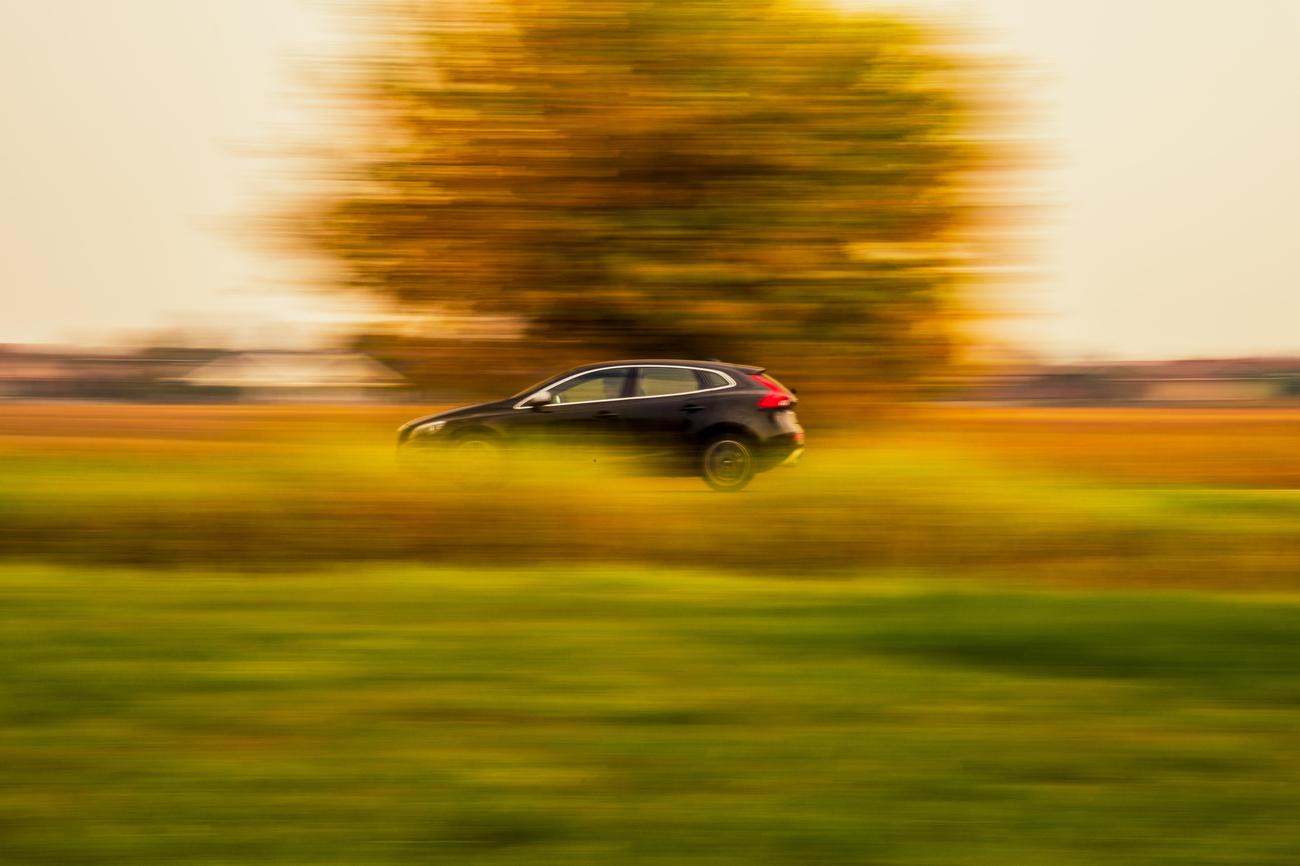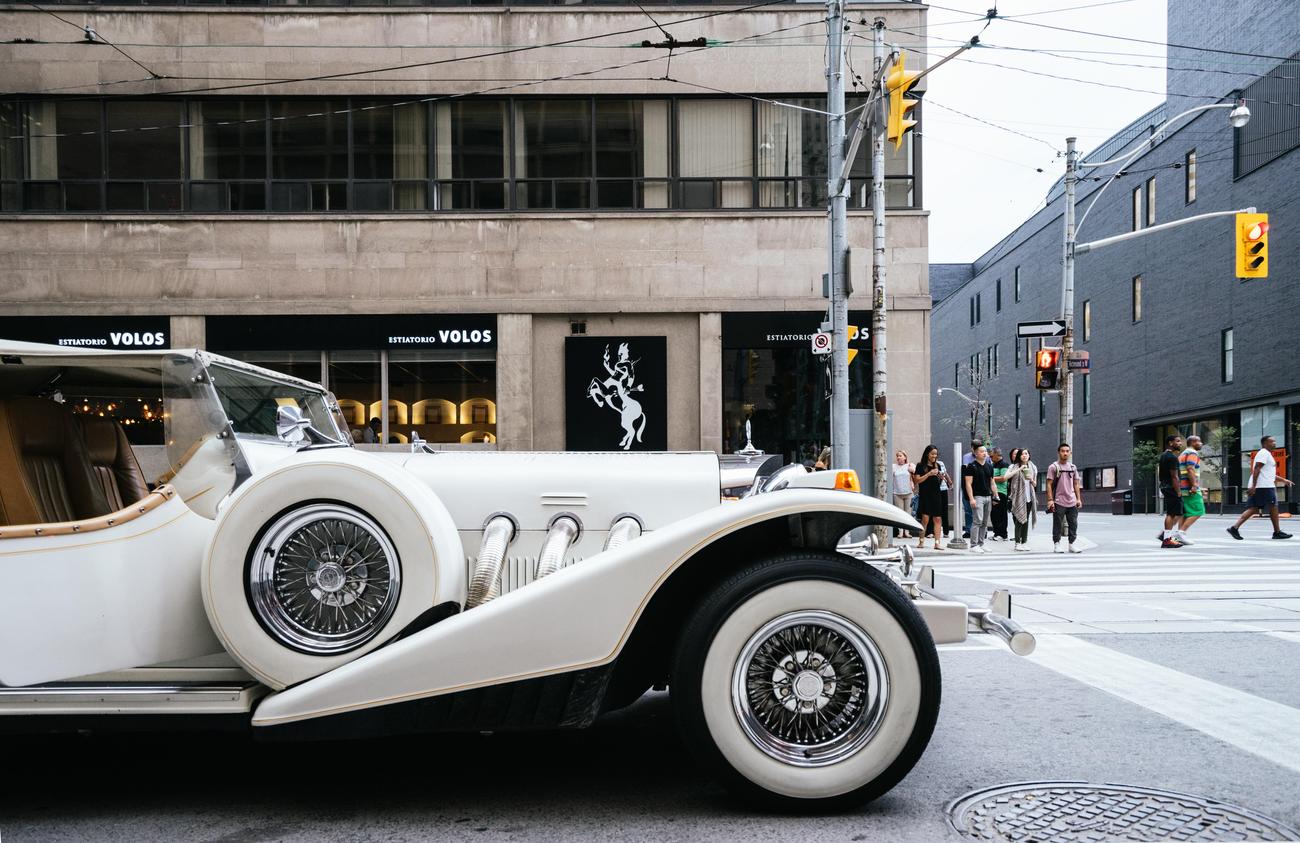Are you aware of the most common type of collision between cars and motorcycles? As an experienced automotive analyst and safety expert, I have delved deep into the world of road collisions and accident prevention. With a passion for promoting road safety and a solid background in accident investigation, I have gained valuable insights into collision patterns and critical factors. In this article titled “Common Car-Motorcycle Collision Types: Insights and Solutions,” I aim to raise awareness about this pertinent issue and offer effective preventive measures. So, let’s explore the common types of car-motorcycle collisions together and discover valuable solutions to mitigate the associated risks.

Common Car-Motorcycle Collision Types: Insights and Solutions
In the realm of road collisions, one type stands out as the most common when it comes to cars and motorcycles. Picture this scenario: a car waits at an intersection, ready to make a left turn. Suddenly, a motorcycle appears, seemingly out of nowhere, and the two vehicles collide. This, my friends, is known as a left-turn accident at an intersection, and it happens more frequently than you might think.
Why are left-turn accidents at intersections so prevalent?
The primary cause of these collisions lies in the car driver’s failure to notice an oncoming motorcycle before making a left turn. Motorcycles are smaller, more maneuverable, and can easily hide in a car driver’s blind spot. Unfortunately, this lack of visibility often leads to disastrous consequences.
What happens during a left-turn accident?
A left-turn accident is classified as an inelastic collision, in which the vehicles lose kinetic energy and move together for a short distance. In simple terms, think of it as two objects colliding and becoming temporarily glued together. For the motorcycle rider, this means a sudden and unexpected impact that can result in severe injury or even death.
Avoiding left-turn accidents: The key to safety
So, what can be done to prevent these dangerous and all-too-common collisions? The answer lies in increased awareness and proactive measures. Here are a few steps both car drivers and motorcycle riders can take:
Checking blind spots: Car drivers must diligently check their blind spots before making a left turn. Motorcycles can easily go unnoticed in those hidden areas, so it’s crucial to double-check before proceeding.
Judging distance and speed: Accurately estimating the distance and speed of approaching vehicles is essential when making a left turn. Taking that extra moment to assess the situation can be the difference between a safe turn and a catastrophic collision.
Using indicators effectively: Car drivers must learn to use their signals properly to communicate their intentions to other road users. Motorcyclists should also rely on their turn signals to signal their movements in order to minimize confusion and reduce the risk of collisions.
Maintaining a safe following distance: Both car drivers and motorcyclists should ensure an adequate following distance to allow for sudden stops or unexpected maneuvers. This buffer zone can provide valuable reaction time and help prevent collisions at intersections.
In the unfortunate event of a collision, it is crucial to take immediate action. Report the incident to the authorities and seek legal advice to address any potential legal consequences. Remember, safety should always be a top priority on the road.
In conclusion, left-turn accidents at intersections are the most common type of collision between cars and motorcycles. By staying vigilant, checking blind spots, accurately judging distance and speed, effectively using indicators, and maintaining a safe following distance, we can all play a role in reducing the risk of these dangerous incidents. Safety on the road is a shared responsibility, and together, we can make a difference.
“Preventing left-turn accidents requires awareness, proactive measures, and a commitment to road safety.”
Motorcycles have always been fascinating machines that captivate the hearts of enthusiasts and thrill-seekers alike. If you’re someone who loves the sheer adrenaline rush that comes from riding on two wheels, then you’re in for a treat! We’ve compiled an intriguing collection of fun facts about motorcycles that will blow your mind. From incredible speed records to the evolution of iconic motorcycle brands, these facts will leave you wanting more. So, if you’re ready to dive into the world of motorcycles and uncover some amazing tidbits, click here to explore our curated list of fun facts about motorcycles: fun facts about motorcycles. Get ready to be amazed!
Article Section: Common Causes Of Motorcycle Crashes & How To Prevent Them
[youtube v=”Chn6ikacYr0″]
Motorcycle accidents are unfortunately very common and can have devastating consequences. As an expert SEO content writer, I have analyzed numerous motorcycle crash videos and close calls, and I have identified five common causes that can lead to these accidents. The good news is that as motorcyclists, we have control over how we can prevent these crashes. In this article section, we will discuss these common causes and provide tips on how to prevent them.
Panic Braking: One of the biggest causes of motorcycle crashes is panic braking. This occurs when riders do not have situational awareness and suddenly apply the brakes in a panic situation. To prevent this, it is crucial to maintain a yellow stage of alertness while riding, where you are focused and paying attention to your surroundings. By keeping a safe distance from the vehicle in front of you and being aware of driver behavior, you can avoid panic braking. Instead, you can use engine braking or apply progressive brake pressure to safely slow down.
Misjudging Speed: Another common cause of motorcycle accidents is the misjudgment of speed by both car drivers and motorcycle riders. This often happens when vehicles are turning left in front of you or merging into your lane and suddenly braking. To address this issue, it is recommended to make yourself more visible on the road. Wear high-visibility gear and utilize your motorcycle’s headlights. Moving your headlight up and down slightly can attract attention and increase your visibility. In situations where visibility is limited, such as due to sunlight, be prepared for potential hazards by shifting into an orange stage of alertness and hovering your hand over the brakes.
Failure to Identify Hazards: Many motorcycle crashes occur when riders fail to identify hazards in their path of travel. Debris on the road, vehicles merging, or sudden lane changes can lead to accidents if not spotted in advance. To prevent this, develop the habit of scanning the road ahead and consistently ratcheting your focus back and forth. This will help you maintain a good line of sight and react to potential hazards in a timely manner. When encountering debris or objects in your path, it is important to maintain an upright position and avoid sudden changes in speed or direction.
Loss of Traction: Loss of traction is another significant cause of motorcycle crashes, especially during turns. Gravel, oil, and other debris on the road can reduce tire traction and compromise control. To mitigate this risk, ensure your tires are properly warmed up before making turns. If you encounter gravel or debris, go over it smoothly and in a straight line, avoiding sudden acceleration, braking, or turning. It is also advisable to position yourself correctly before a turn, slowing down and observing the surroundings to prevent unnecessary loss of traction.
Speeding through Corners: Finally, excessive speed through corners is a common cause of motorcycle crashes. Many riders fail to set up properly for turns, leading to loss of control mid-turn. To prevent this, it is essential to adjust your speed before entering a corner, maintain a relaxed body position, and be aware of any potential hazards. By properly setting up for turns and leaving enough time and space to react, you can greatly reduce the risk of accidents.
In conclusion, by understanding these common causes of motorcycle crashes and taking proactive measures to prevent them, we can significantly improve our safety on the road. Maintaining situational awareness, adjusting our riding behaviors, and always being prepared for potential hazards will go a long way in preventing accidents. Remember, as motorcyclists, we have the power to reduce the risks and ensure a safer riding experience. Stay alert, stay safe, and enjoy the ride!

FAQ
Question 1
What is the most common type of collision between cars and motorcycles?
Answer 1
The most common type of collision between cars and motorcycles is a left-turn accident at an intersection. This occurs when a car driver fails to notice an oncoming motorcycle before making a left turn.
Question 2
Why are left-turn accidents at intersections common between cars and motorcycles?
Answer 2
Left-turn accidents at intersections are common between cars and motorcycles because car drivers often fail to notice an approaching motorcycle when making a left turn. This can be attributed to the smaller size and visibility of motorcycles compared to cars, leading to a higher risk of collision.
Question 3
What kind of collision occurs in a left-turn accident between cars and motorcycles?
Answer 3
A left-turn accident between cars and motorcycles typically results in an inelastic collision. In this type of collision, there is a loss of kinetic energy, and the vehicles move together for a short time. This can cause significant damage to both the car and motorcycle involved in the collision.
Question 4
Why are left-turn accidents particularly dangerous for motorcycle riders?
Answer 4
Left-turn accidents can be particularly dangerous for motorcycle riders because they often result in head-on collisions. Due to the relatively smaller size and lack of protective barriers on motorcycles, these collisions can lead to severe injuries or fatalities for the motorcyclist involved.
Question 5
How can car drivers prevent left-turn accidents between cars and motorcycles?
Answer 5
Car drivers can reduce the risk of left-turn accidents with motorcycles by being aware of blind spots and accurately judging the distance and speed of approaching vehicles. It is crucial for car drivers to actively look for motorcycles before making a left turn and make sure the way is clear to prevent collisions. Additionally, promoting awareness and education about motorcycle safety can contribute to preventing such accidents.
- China II Review: Delicious Food & Speedy Service - April 17, 2025
- Understand Virginia’s Flag: History & Debate - April 17, 2025
- Explore Long Island’s Map: Unique Regions & Insights - April 17, 2025
















